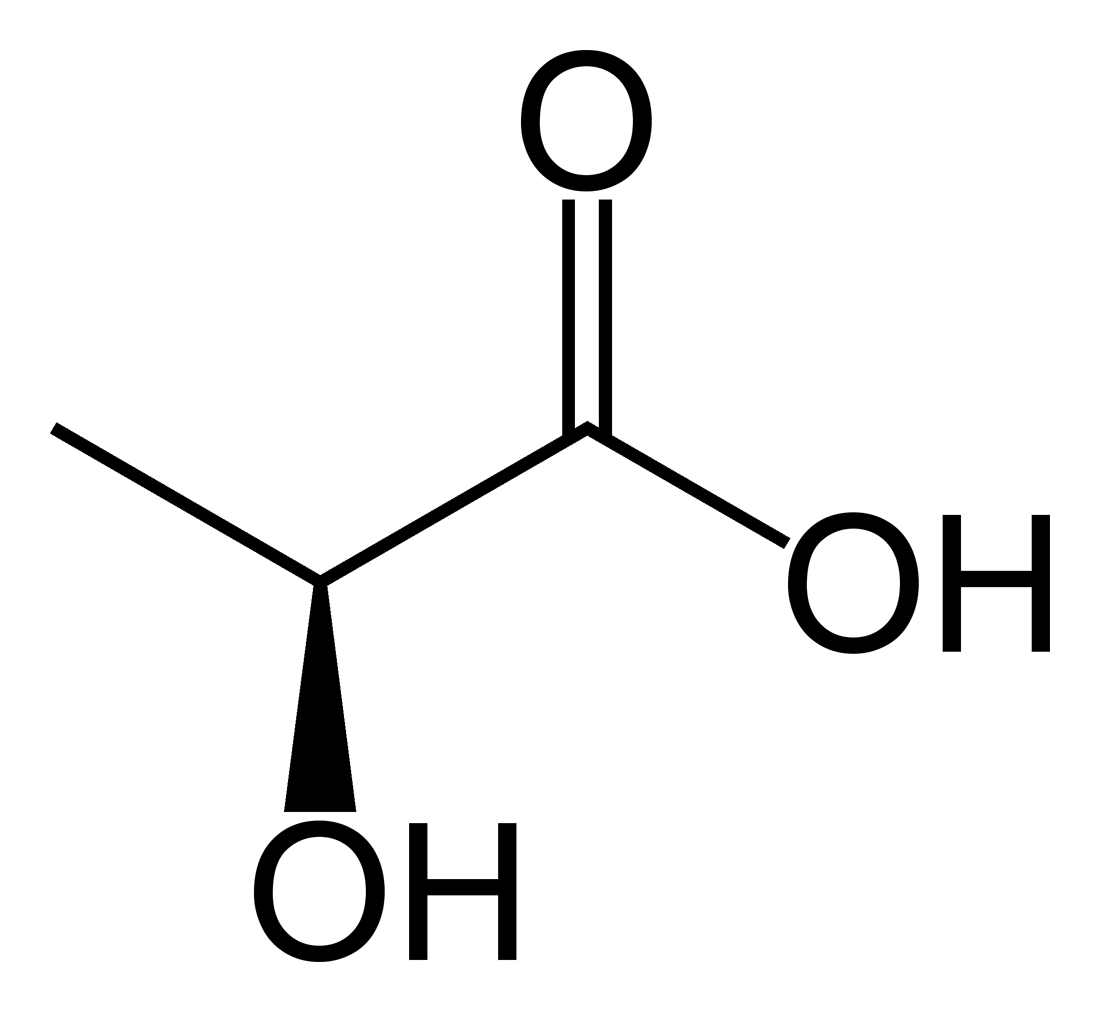Lactic acidosis
| Lactic acidosis | ||
 | ||
|---|---|---|
| Lactic acid | ||
| ICD-10 | E87.2 | |
| ICD-9 | 276.2 | |
| DiseasesDB | 29145 | |
| MedlinePlus | 000391 | |
| eMedicine | med/1253 | |
| MeSH | C18.452.076.176.180 | |
Editor-In-Chief: C. Michael Gibson, M.S., M.D. [1]
Please Take Over This Page and Apply to be Editor-In-Chief for this topic: There can be one or more than one Editor-In-Chief. You may also apply to be an Associate Editor-In-Chief of one of the subtopics below. Please mail us [2] to indicate your interest in serving either as an Editor-In-Chief of the entire topic or as an Associate Editor-In-Chief for a subtopic. Please be sure to attach your CV and or biographical sketch.
Overview
Lactic acidosis is a condition caused by the buildup of lactic acid in the body. It leads to acidification of the blood (acidosis), and is considered a distinct form of metabolic acidosis.
The cells produce lactic acid when they use glucose for energy in the absence of adequate oxygen. If too much lactic acid stays in the body, the balance tips and the person begins to feel ill. The signs of lactic acidosis are deep and rapid breathing, vomiting, and abdominal pain. Lactic acidosis may be caused by diabetic ketoacidosis or liver or kidney disease, as well as some forms of medication (most notably the anti-diabetic drug metformin). Some anti-HIV drugs (antiretrovirals) warn doctors in their prescribing information to regularly watch for symptoms of lactic acidosis caused by mitochondrial toxicity.
Classification
The Cohen-Woods classification (1976) categorises causes of lactic acidosis as follows:
- Type A: Decreased perfusion or oxygenation
- Type B:
- B1: Underlying diseases (sometimes causing type A)
- B2: Medication or intoxication
- B3: Inborn error of metabolism
Lactic acidosis is an underlying process of rigor mortis. Tissue in the muscles of the deceased resort to anaerobic metabolism in the absence of oxygen and significant amounts of lactic acid are released into the muscle tissue. This along with the loss of ATP causes the muscles to grow stiff.
Pathophysiology
- Lactic acidosis occurs when cells make lactic acid faster than it can be metabolized. [1] [2]
| Reference Range | |
| Capillary Blood | 5-15 mg/dl |
| Deoxygenated Blood | -16 mg/dl |
| Cerebrospinal Fluid (CSF) | 11-19 mg/dl |
Differential Diagnosis
Increased
- Drugs, toxins
- End-stage renal failure
- Fetal emergency situations during childbirth
- Glycogen storage disease
- Heart failure
- Heavy exercise
- Hypothermia
- Hypoventilation with hypercapnia
- Hypovolemia
- Infusions
- Leukemia
- Liver failure
- Myocardial Infarction
- Postoperative
- Seizures
- Sepsis
- Severe anemia
- Severe thiamine deficiency
- Tumors
- Uncontrolled diabetes mellitus
See also
References
Additional Resources
- Clinical Physiology of Acid-Base and Electrolyte Disorders by Rose, Post
- Intensive Care Medicine by Irwin and Rippe
- The ICU Book by Marino
- Cohen R, Woods H. Clinical and Biochemical Aspects of Lactic Acidosis. Blackwell Scientific Publications; 1976. ISBN 0-632-09460-5.
Template:Endocrine, nutritional and metabolic pathology